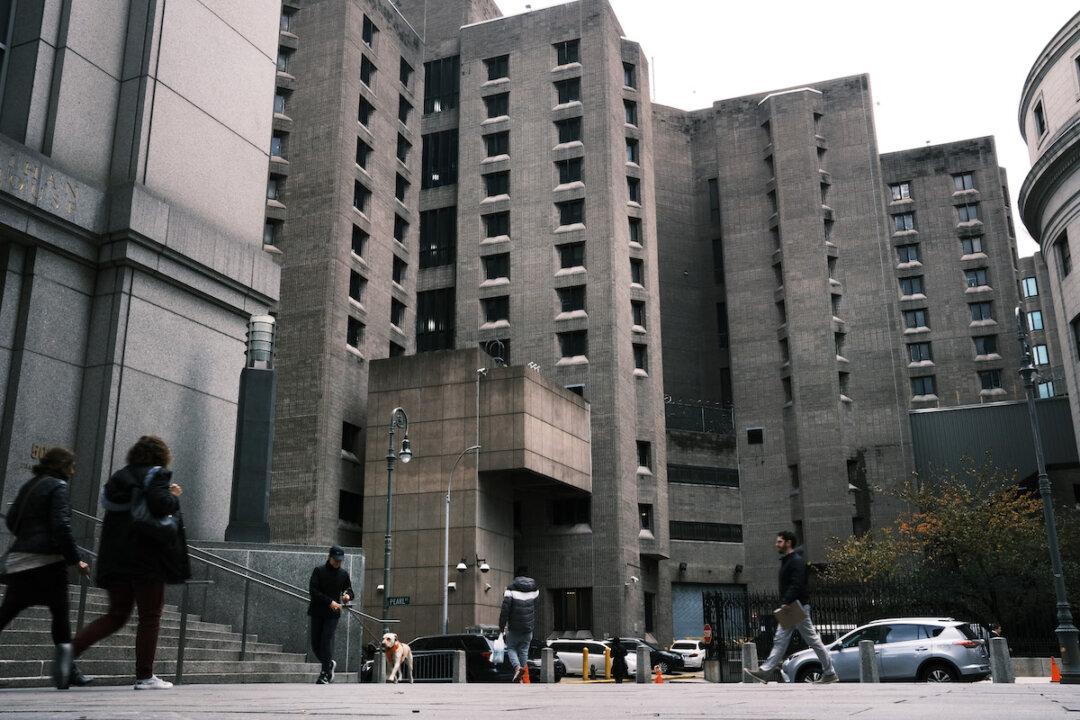Federal prison inmates across the country will be confined to their cells or quarters for two weeks from Wednesday in an attempt to mitigate the spread of the CCP virus pandemic, according to the Bureau of Prisons (BOP).
The BOP announced the implementation of the next phase of its COVID-19 action plan on Tuesday, in response to the “growing number of quarantine and isolation cases” in BOP facilities. There are currently 29 confirmed inmate cases and 30 confirmed cases among staff as of Tuesday afternoon, according to the agency.




